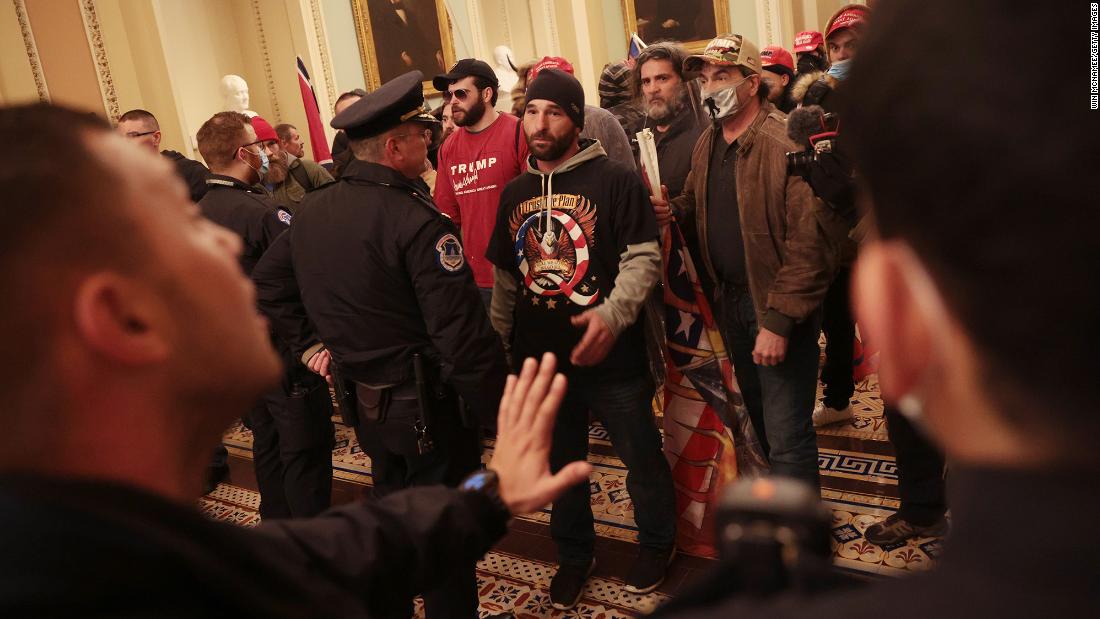
Inside the fight for the Capitol: US Capitol Police officers recount being unprepared and 'betrayed'
CNN
The day before the US Capitol was attacked, Capitol Police officers were ordered to report to the department's equipment depot to pick up helmets, an officer who was there that day told CNN. They didn't know why they were needed, but when they arrived, they were told to return later. The helmets had yet to be scanned into inventory.
When officers finally secured helmets that Wednesday morning following roll call, they weren't given direction for use or storage. The helmets are heavy, and it wasn't clear they'd need them for the morning's protest. Some put them in their lockers, others kept them near their fixed posts. By afternoon, the officers in the Capitol were in a fight for their lives and for the seat of American government. They were left to their own devices, outgunned, without adequate protective equipment, unaware of backup, enclosed by people, many with weapons, attempting to take over the government.
Federal regulators repeatedly granted appeals to remove Camp Mystic’s buildings from their 100-year flood map, loosening oversight as the camp operated and expanded in a dangerous flood plain in the years before rushing waters swept away children and counselors, a review by The Associated Press found.

Two of the most senior figures in the US government — Secretary of State Marco Rubio and the White House chief of staff — have been impersonated in recent weeks using artificial intelligence — a tactic that harnesses a rapidly developing technology that cybersecurity experts say is becoming the “new normal” in terms of cheap and easy scams targeting senior US officials.





















 Run 3 Space | Play Space Running Game
Run 3 Space | Play Space Running Game Traffic Jam 3D | Online Racing Game
Traffic Jam 3D | Online Racing Game Duck Hunt | Play Old Classic Game
Duck Hunt | Play Old Classic Game









